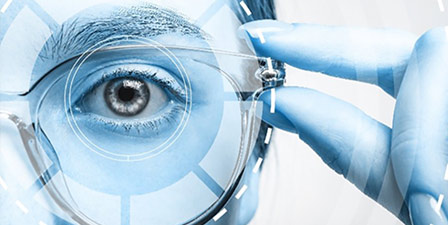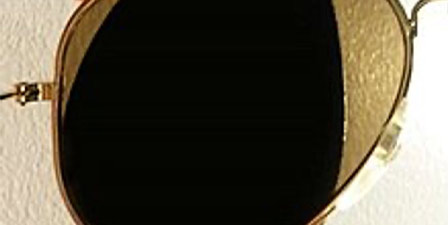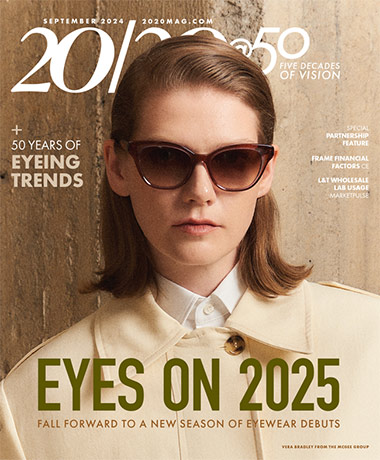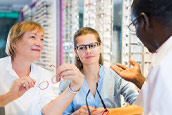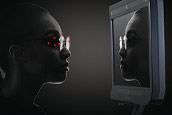A practical application for you and your practice
I was fortunate to have access to the NBS 1916 calibration set, from which I was able to make my own secondary set, which I still use today. Since I had confidence in their powers, it has proved especially useful. What does one do if there is a need to assess an instrument but one does not have such a set? Certainly, if calibration lenses and instructions on how to use them are available for a device, they should be used. Often however, one does not have access to any such lenses. Also, if something is available it may not be in the power range most useful to the user. Buying calibration lenses can be costly and therefore not a practical option. A major part of the expense of getting focimeter calibration lenses lies in the fact that it is costly to make the lens and determine its exact value.
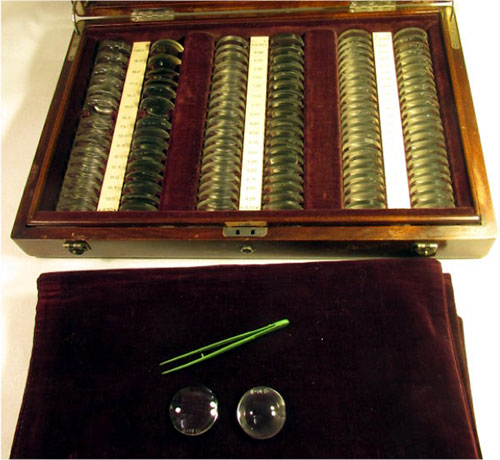
There is another approach that I suggest may be as useful should you wish to monitor instrument variation over time and /or when comparing different devices. Rather than seeking true “calibration lenses” of a certified value, making a set of “reference lenses” is the next best thing. If one sets aside lenses, which are measured again and again over time, these can become quite useful and a long term “average” value can be assigned to each lens.
How does one make such a set?
To start I suggest selecting sphere power lenses of a variety of useful powers; this perhaps could be every diopter within +/-5 D as an example. The material for each lens need not be glass, but I suggest standard index plastic be utilized if glass is not available. If one measures a given lens at the optical center at least 5 times (10 preferably), the average of the readings should be recorded. If taken to another device, one can then see if a similar value is obtained. If there is a significant difference, one cannot be sure which is correct. However, the more devices this lens can be measured on, the more likely an approximate ‘reference calibration’ value can be derived. If multiple devices agree and one is different, it is likely that the instrument in question is in error.
The importance of making such a kit of lenses lies in the fact that this set can be used as time passes to monitor a shift in a given instrument. While not ideal from a true calibration accuracy standpoint, having such a tool kit is well worth the investment of time to make up. A trial lens set would be suitable for this purpose if were available.
It is also helpful to make some non- spherical lenses (Flat tops/ Pals) to keep as reference for attributes like add power. A 2014 study I organized within the Vision Council determined that instrument design effects the resulting measured add power. Additionally, different lens designs behaved differently on these devices. In that study, each focimeter was first checked using my “NBS” traceable lenses, and found to be in calibration. The surprise of this study was that differences as much as 0.15 D for measured add were found for the same lens when using different devices.
Should you wish to learn more about this topic, feel free to contact me at [email protected]



